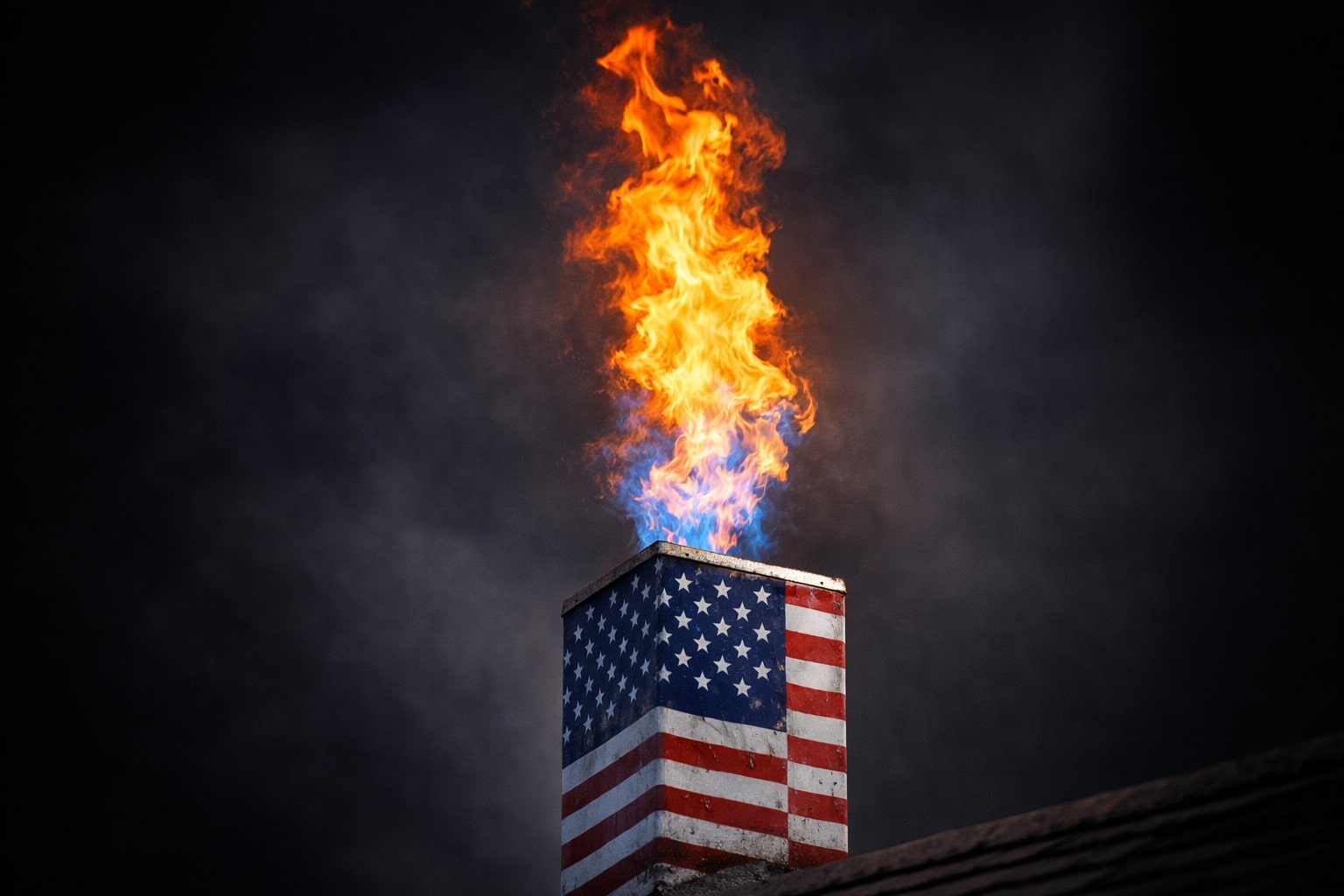Natural Gas (NG=F): Floor at $2.90–$2.96 Keeps the Tape Alive, But the Burden of Proof Stays on Bulls
Natural Gas futures (NG=F) continue to pivot on a hard-won base at $2.96–$2.90 after a subdued Friday that ranged from $2.96 to $3.11 and leaned into the close near session lows, a weekly print that hugs last week’s $2.90 trough and confirms how sticky the $3.00 magnet remains; until buyers can convert a sustained push through the $3.11 intraday cap and then $3.15 on a closing basis, momentum skews reactive, not assertive, and every uptick gets graded against the same overhead shelf that has repeatedly turned back breakouts.
Short-Term Tape and Triggers: $3.11 Is the Hinge, $3.15 the Confirmation, $3.19–$3.20 the First Real Test
The near-term roadmap is tight and price-defined: reclaim $3.11 intraday with follow-through and you’ve got the first green shoot, but only a daily close above $3.15 flips the microstructure from “fade rips” to “respect breadth,” opening a glide path toward $3.19–$3.20 where the 20-day moving average sits; clear that with range expansion and the market can audition $3.24 and ~$3.30, while failure to settle above $3.15 keeps rallies capped and invites another pass at $3.021, then $2.895–$2.885, the latter aligning with a long-watched trendline/anchored VWAP band that has already repelled two selloffs this summer.
Trend Geometry: A Fresh “Death Cross” Near ~$3.34 and a Double-EMA Lid Pin Natural Gas Beneath Its Own Ceiling
The setup remains top-heavy with the 50-day EMA having crossed below the 200-day EMA around $3.34, which historically dampens upside follow-through, and with price toggling beneath the 50-EMA ($3.09–$3.10) and 100-EMA (~$3.18–$3.19) at the same time; that stacked resistance explains why $3.11–$3.20 has behaved like a revolving door—each probe stalls unless backed by news and volume—and why risk control for longs is cleaner down near the $2.96 handle and for shorts into $3.11–$3.20 until the pattern is definitively invalidated.
Storage vs. Supply: A Bullish +7 Bcf Injection Wasn’t Enough Against 108.7 Bcf/d of Output and 124 Active Gas Rigs
The weekly EIA report delivered a bullish surprise at +7 Bcf—well under the +12–15 Bcf consensus and miles below the five-year seasonal +29 Bcf—largely thanks to a wind lull (notably in ERCOT) that lifted gas-fired power burn, yet NG=F still faded because the heavier anchor is supply: Lower-48 dry gas production near 108.7 Bcf/d, up ~5.7% year on year, alongside a two-year-high 124 active gas rigs, is the gravitational field that drags rallies back to earth ahead of the shoulder season, and a single light build doesn’t reprice the entire strip unless it’s followed by a string of similarly tight reports.
Load, LNG, and Weather: Heat Now, Cooler East Later; Feedgas Near 15.5 Bcf/d Adds a Floor but Not a Launchpad
A broad ridge is pumping highs into the upper-80s to 100s across large swaths of the U.S., keeping power burn firm, and LNG feedgas has stepped up to ~15.5 Bcf/d—roughly 10% higher week on week—adding a steady baseload of offtake; the near-term demand picture is constructive, but model runs have cooled late-August trajectories for the Eastern U.S., and once traders start discounting September shoulder dynamics any wobble in power burn collides with still-robust supply, which is why the tape looks like a range with a bearish tilt unless weather stays persistently hot or LNG flows notch new highs.
Market Microstructure: $3.00 Is the Options Magnet, and the First Real Momentum Signal Is a Settle Above $3.15 With Range Expansion
Flows keep clustering around the $3.00 strike where optionality is thickest; repeated rejection wicks just above $3.11 line up with the EMA lid and have rewarded mean-reversion shorts, while dip-buyers have confined themselves to defined support at $2.96–$2.90; the character of trade only changes when NG=F can print a full-bodied session above $3.15 and hold it, ideally with volume rising and volatility expanding, otherwise the market keeps paying to sell strength and buy weakness inside a narrowing corridor.
Energy Complex Context: WTI Near ~$63.60 and Brent ~$66.20 Telegraph a Softer Risk Tone That Bleeds Into Gas Positioning
Crude’s slide into the weekend—WTI hovering around $63.60 and Brent near $66.20—reflects a broader energy risk-off mix of tariff noise, OPEC output expectations, and geopolitics losing their risk premium, and while NG=F is not mechanically tethered to oil, softer crude tends to shrink risk budgets across energy, tightening the leash on gas rallies unless gas-specific catalysts overwhelm; in that environment, natural gas usually needs multiple tailwinds at once (hotter forecasts and back-to-back tight injections or another leg up in LNG) to punch through technical lids.
Producers, Midstream, LNG: Reading Natural Gas (NG=F) Through Equity Lenses and Insider Ledgers
For investors expressing NG=F through producers, midstream pipes, or LNG exporters, watch insider ledgers against price: insider accumulation during $2.90–$3.00 futures tests is a tell for management confidence that realized pricing and hedge books cover capex, while distribution into $3.20–$3.50 rallies often pairs with heavier hedging and cash discipline; overlay that with 10-Q disclosures on realized vs. Henry Hub and contract tenor for LNG to identify who monetizes a move if NG=F finally graduates above the $3.30–$3.50 corridor.
Risk Map and Stance: Hold With a Bearish Lean Below $3.15; Upgrade on a Clear Break Toward $3.30, Downgrade on a $2.885 Slip
The levels make the call straightforward: above $3.15 on a daily close, the stance upgrades from defensive to neutral-constructive with targets at $3.19–$3.20 and $3.24–$3.30, and only north of ~$3.30 does the bias begin to tilt bullish with $3.50 in scope; below $2.96, pressure builds for $3.021 and then $2.895–$2.885, and if that deeper shelf gives way on strong volume, $2.50 risk reenters the conversation given the “death cross” backdrop and production posture; until price proves otherwise, NG=F is a Hold with a bearish tilt, favoring fades into $3.11–$3.20 and only flipping to tactical longs on a decisive $3.15 reclaim that sticks.




















